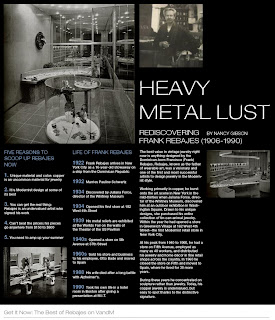by Nancy Gibson
Inspired by the opulence of 18th century France and the Court of Versailles, wealthy Americans of the 18th and 19th centuries coveted all things French. From richly-colored-plate-printed textiles to classical marble statuary, French luxury goods, a sure sign of status, were imported into the United States in abundance.
Especially prized were the classically designed French mantle (or shelf) clocks crafted in bronze ormolu, marble, porcelain and wood. Mantle clocks replaced tall case clocks as the go-to timepiece in fashionable America homes by the 19th century. Those decorated in the classical style–think Greek and Roman figures–were the most sought after.
Americans traveling abroad brought mantle clocks back with recorded regularity and others placed them at the top of their list when ordering from their overseas agents. American merchants traveled to France to select the very best mantle clocks made by the most skilled craftsmen to ship back to the United States in order to satisfy the taste of their most demanding customers. Probate inventories often list mantle clocks as one of the most expensive items found in the home, and newspaper advertisements confirm that they indeed were quite costly. Not just for the mantle, these clocks were also found on pier tables another luxury good decorating early American homes.
Most mantle clocks were made with brass or wood movements, key wound with swinging pendulums, and were 30 hour or 8 day clocks. American clockmakers didn’t reproduce the style until Eli Terry (1772-1852) of Connecticut began mass-producing them for a burgeoning middle class market.
Why They Are Worth The Price:
1. French bronzes are considered by connoisseurs to be the finest in the world
2. Each clock was designed and assembled by a number of highest-skilled artisans. It was a time-consuming process that took several skilled artisans to complete.
3. The bronze decoration was elaborately detailed and overly splendid.
4. English, European, and Russian royalty collected French bronze mantle clocks.
5. Their movements were made by the finest clock makers of the period.
6. Today, many still retain their original bronze.
Good to Know:1.Decorative and functional, mantle clocks were the most popular form of clock found in 19th century American homes
2. One of the best bronze foundries of his time, Frenchman Victor Paillard (1805-1886) ran a bronze foundry that employed close to 100 people by the mid-19th century, and worked for some of the finest cabinetmakers in France. His mantle clocks are highly collectible and sought after.
3. Eli Terry (1772-1852) mass-produced the first affordable wooden shelf clock made with interchangeable parts.
4. Simon Willard (1753-1848) inventor of the Banjo clock also popularized shelf clocks in Massachusetts.
5. The clock faces were commonly made of porcelain or enamel.
6. Some mantle clocks had calendars inserted into their clock faces.
Very rare antique French LXVI style dore bronze boar clock with porcelain face. Circa 1820.
John J. Nelson Antiques
French Severe porcelain clock with dore bronze decoration. Keys inclued. Base is 9.5'' square. 19th century. John J. Nelson Antiques
This article was reproduced from DESIGNinTELL at www.vandm.com. All clocks can be purchased from VandM.com.





